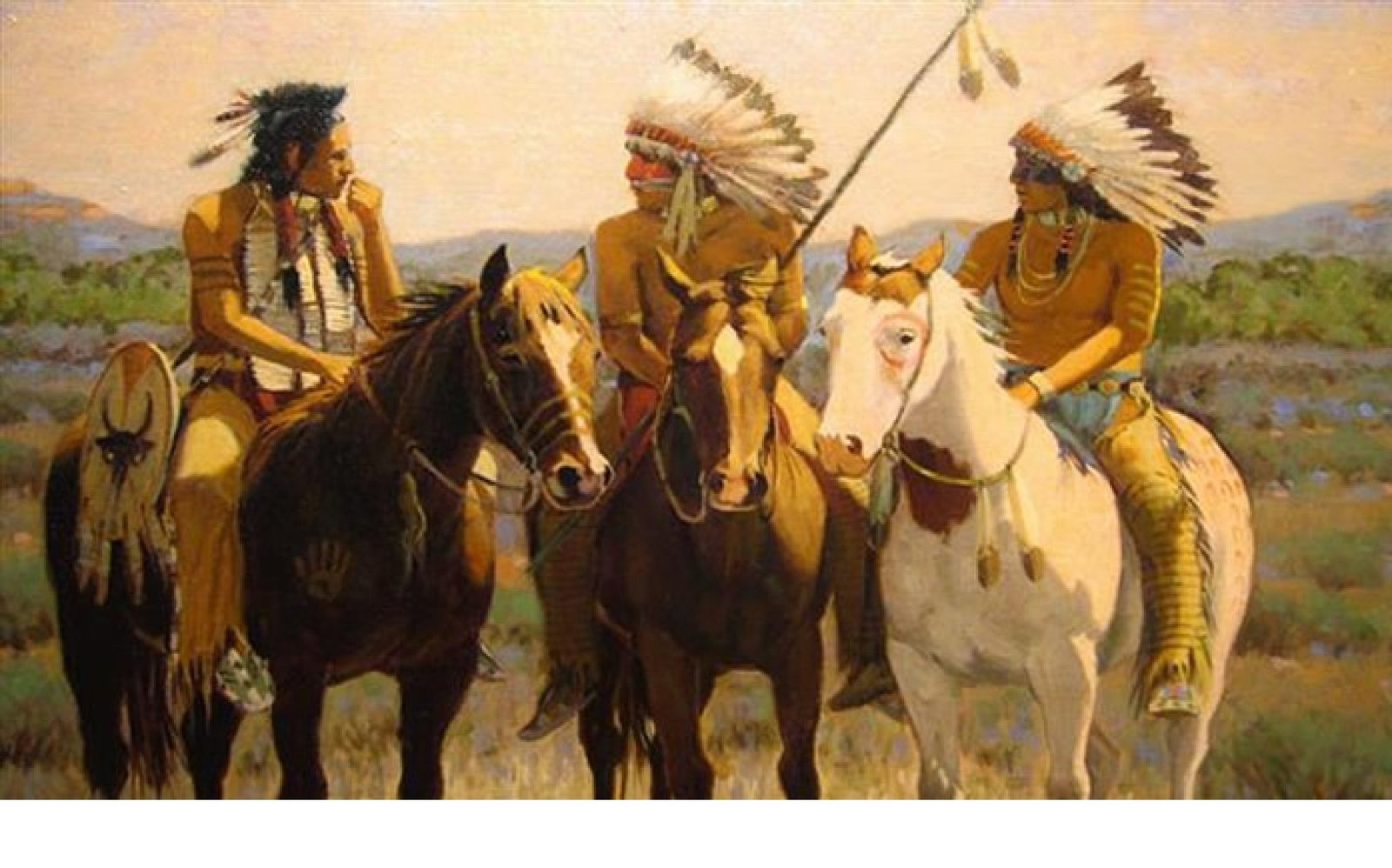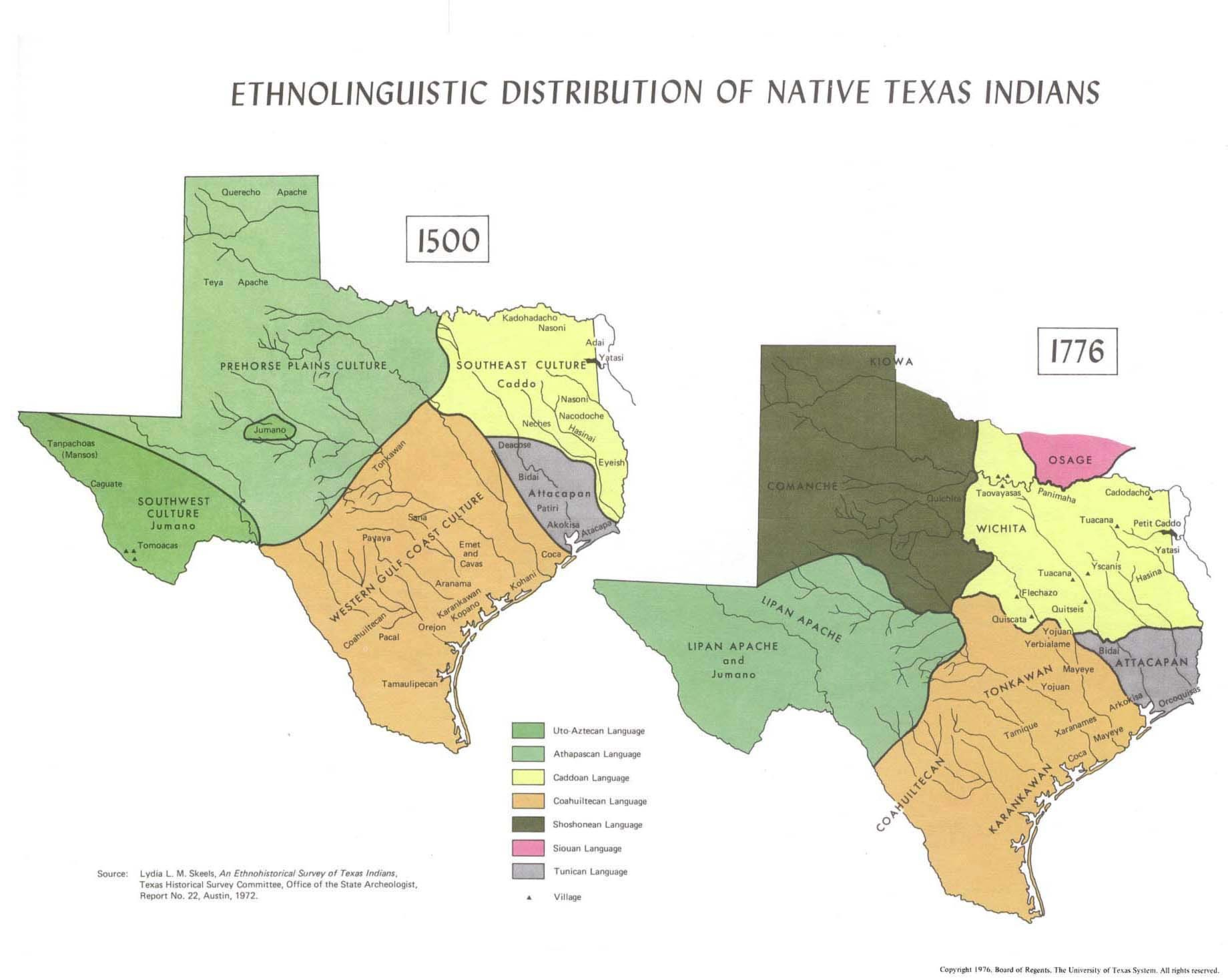A Tapestry of Cultures: Exploring the Native American Tribes of Texas
A Tapestry of Cultures: Exploring the Native American Tribes of Texas

Texas, a state known for its vast landscapes, rich history, and vibrant culture, has long been a home to a diverse array of Indigenous peoples. From the arid plains of the west to the lush forests of the east, the land has witnessed the rise and fall of countless civilizations, each leaving behind a unique legacy. This article delves into the fascinating history of the Native American tribes that once thrived in Texas, shedding light on their cultural practices, societal structures, and the enduring impact they have left on the state’s identity.
A Land of Diverse Peoples:
Related Articles: A Tapestry of Cultures: Exploring the Native American Tribes of Texas
- Siouxflix: Unleashing the Untold Stories of the Sioux Tribe!
- Oklahoma’s Native American Heritage: Unveiling the Enchanting World of Indian Reservations
- Blackfoot Tribe’s Traditional Shelters: Timeless Wisdom Reimagined
- Ancient Chippewa Symbols: Unveiling the Secrets of Native Wisdom!
- Discover the Tocobaga Tribe: Unveiling Ancient Mysteries Along Florida’s Coast
Before European colonization, Texas was a mosaic of distinct Native American tribes, each with their own language, traditions, and way of life. The state’s diverse geography played a crucial role in shaping these cultural differences. The vast plains in the west, for example, supported nomadic tribes like the Comanche and Apache, who relied on buffalo hunting for sustenance. In contrast, the eastern forests provided a rich environment for agricultural tribes like the Caddo, who cultivated crops and lived in permanent settlements.
The Caddo Nation: Masters of Agriculture and Diplomacy
The Caddo people, known for their sophisticated agricultural practices and intricate social structure, inhabited the eastern region of Texas. They cultivated corn, beans, squash, and other crops, allowing them to establish permanent villages and develop a complex system of trade with neighboring tribes. Their settlements, often fortified with palisades and earthen mounds, were centers of social and political life. The Caddo were also skilled artisans, crafting beautiful pottery, jewelry, and tools. Their diplomatic skills were evident in their ability to maintain peaceful relations with other tribes, establishing a network of trade and alliances that stretched far beyond Texas.
The Comanche: Warriors of the Plains
The Comanche, renowned for their equestrian prowess and fierce independence, dominated the central and western plains of Texas. They were nomadic hunters, relying heavily on buffalo for sustenance, clothing, and shelter. Their mastery of horsemanship allowed them to traverse vast distances, raid enemy tribes, and control a vast territory. The Comanche were known for their intricate social organization, with a strong emphasis on family and clan structures. They developed a unique language and a rich oral tradition, passing down their history and cultural knowledge through generations.
The Apache: Adaptable and Resilient
The Apache, a diverse group of tribes with distinct languages and cultural practices, inhabited the mountainous regions of western Texas. Like the Comanche, they were nomadic hunters, but their adaptability allowed them to thrive in challenging environments. They were skilled warriors, known for their lightning-fast raids and their ability to disappear into the rugged terrain. The Apache were also highly resourceful, utilizing a wide range of hunting techniques and crafting tools from available materials. Their resilience and determination allowed them to resist European encroachment for centuries.
The Karankawa: Masters of the Coastal Waters

The Karankawa people, known for their unique language and cultural practices, inhabited the coastal regions of Texas. They were skilled fishermen and shellfish gatherers, adept at navigating the waters and utilizing the resources of the Gulf of Mexico. Their nomadic lifestyle allowed them to follow the seasonal migrations of fish and other marine life. The Karankawa were also known for their distinctive tattoos, elaborate headdresses, and their unique form of social organization, which emphasized kinship and reciprocity.
The Lipan: Guardians of the Southern Plains
The Lipan Apache, a sub-group of the Apache, were nomadic hunters who lived on the southern plains of Texas. They were known for their skilled horsemanship, their ability to adapt to changing environments, and their fierce resistance to European encroachment. The Lipan were also skilled traders, establishing trading networks with other tribes and with European settlers. Their cultural practices reflected their nomadic lifestyle, with a strong emphasis on family, community, and respect for the natural world.
The Tonkawa: Survivors of the Texas Frontier
The Tonkawa, a nomadic tribe who spoke a language unrelated to any other in North America, inhabited the central and southern plains of Texas. They were skilled hunters and warriors, known for their bravery and their ability to adapt to changing circumstances. The Tonkawa were also known for their unique cultural practices, including their elaborate ceremonies, their use of shell beads, and their distinctive burial practices. Their history was marked by conflict with other tribes and with European settlers, but they managed to survive and maintain their cultural identity for centuries.

The Impact of European Colonization:
The arrival of European colonists in Texas had a profound impact on the lives of the Native American tribes. The introduction of diseases, the displacement of native populations, and the loss of traditional lands led to a decline in tribal populations and a disruption of their cultural practices. Many tribes were forced to relocate or assimilate into European society, leaving behind a legacy of loss and resilience.
The Legacy of Texas’ Indigenous Peoples:
Despite the challenges they faced, the Native American tribes of Texas have left an enduring mark on the state’s cultural landscape. Their traditions, languages, and stories continue to inspire and inform contemporary Texans. The state’s official motto, "Friendship," is a testament to the enduring spirit of cooperation and mutual respect that once existed between Native American tribes and European settlers.
Preserving the Past, Embracing the Future:

Today, the descendants of Texas’ Indigenous peoples are working to preserve their cultural heritage and to ensure that the stories of their ancestors are passed down to future generations. Through museums, cultural centers, and educational programs, they are sharing their knowledge and traditions with a wider audience. Their efforts are a testament to the enduring strength and resilience of Texas’ Indigenous peoples, a reminder of the rich and complex history that continues to shape the state’s identity.
FAQ: Native American Tribes of Texas
Q: What are the major Native American tribes that lived in Texas?
A: The major Native American tribes that lived in Texas include the Caddo, Comanche, Apache, Karankawa, Lipan Apache, Tonkawa, and many others.
Q: How did the geography of Texas influence the way of life of the Native American tribes?
A: The diverse geography of Texas, from the plains to the forests to the coast, shaped the cultural practices and societal structures of the various tribes. The plains supported nomadic hunters, while the forests allowed for agriculture and permanent settlements.
Q: What were the main cultural practices of the Native American tribes of Texas?
A: The cultural practices of the Native American tribes of Texas varied widely, but some common themes included a strong emphasis on family and community, respect for the natural world, and a rich oral tradition.
Q: How did European colonization impact the Native American tribes of Texas?
A: European colonization had a devastating impact on the Native American tribes of Texas, leading to disease, displacement, and the loss of traditional lands. Many tribes were forced to relocate or assimilate into European society.
Q: How are the descendants of Texas’ Indigenous peoples working to preserve their cultural heritage?
A: The descendants of Texas’ Indigenous peoples are working to preserve their cultural heritage through museums, cultural centers, and educational programs, sharing their knowledge and traditions with a wider audience.
Q: What is the significance of the Native American tribes of Texas for the state’s identity?
A: The Native American tribes of Texas have left an enduring mark on the state’s cultural landscape, their traditions, languages, and stories continue to inspire and inform contemporary Texans. Their history and legacy are an integral part of the state’s rich and complex history.

Closure
Thus, we hope this article has provided valuable insights into A Tapestry of Cultures: Exploring the Native American Tribes of Texas. We thank you for taking the time to read this article. See you in our next article!